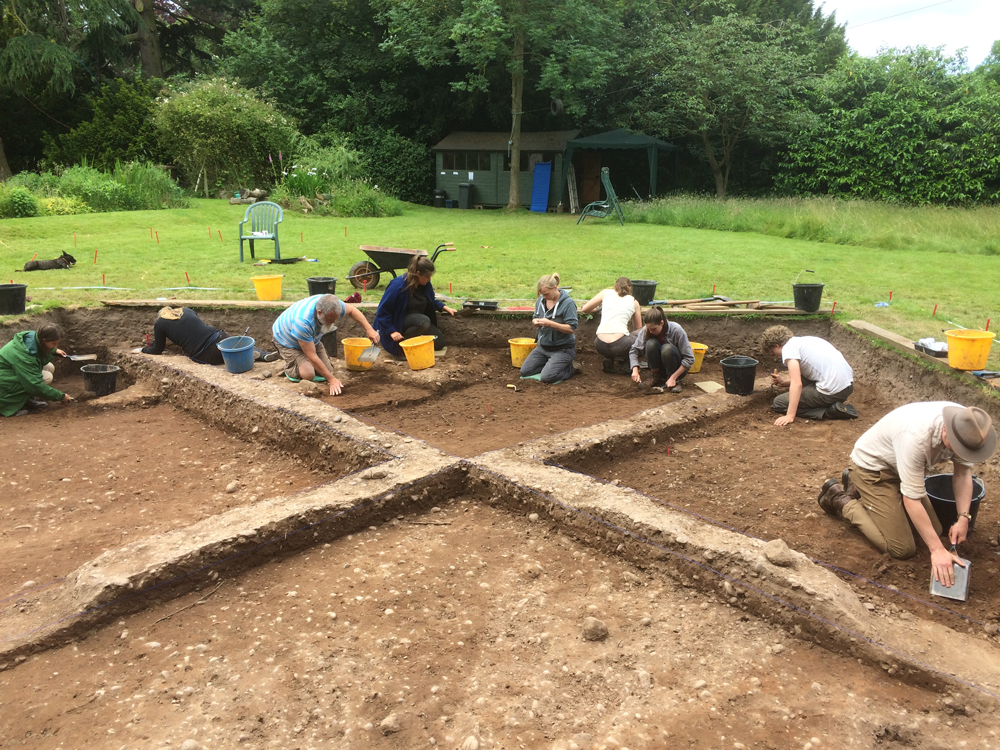Gorm the Old’s bones are printed in a range of colours (Photo: Marie Louise Jørkov)
For the first time ever, bones from the famous Danish Viking king, Gorm the Old, have been reconstructed and printed in 3D.
Gorm the Old was the first to call himself king of Denmark. He was also the first to use the name ‘Denmark’ for the country he reigned over for decades until his death in 958 CE.
Even though the bones are damaged and parts of the skeleton are missing, being able to hold pieces of one of Denmark’s greatest kings is a unique experience, says archaeologist Adam Bak, curator at Kongernes Jelling, National Museum of Denmark, who facilitated the reconstruction.
“It’s a great feeling to stand with them in your hand, turning them over, and looking at them. From a pure science communication perspective, it’s so much better to have a ‘real’ bone in your hand than to read a dry text about a, historical person. I can’t deny that I’ve also played Hamlet with his skull,” says Bak.
Read the rest of this article...



